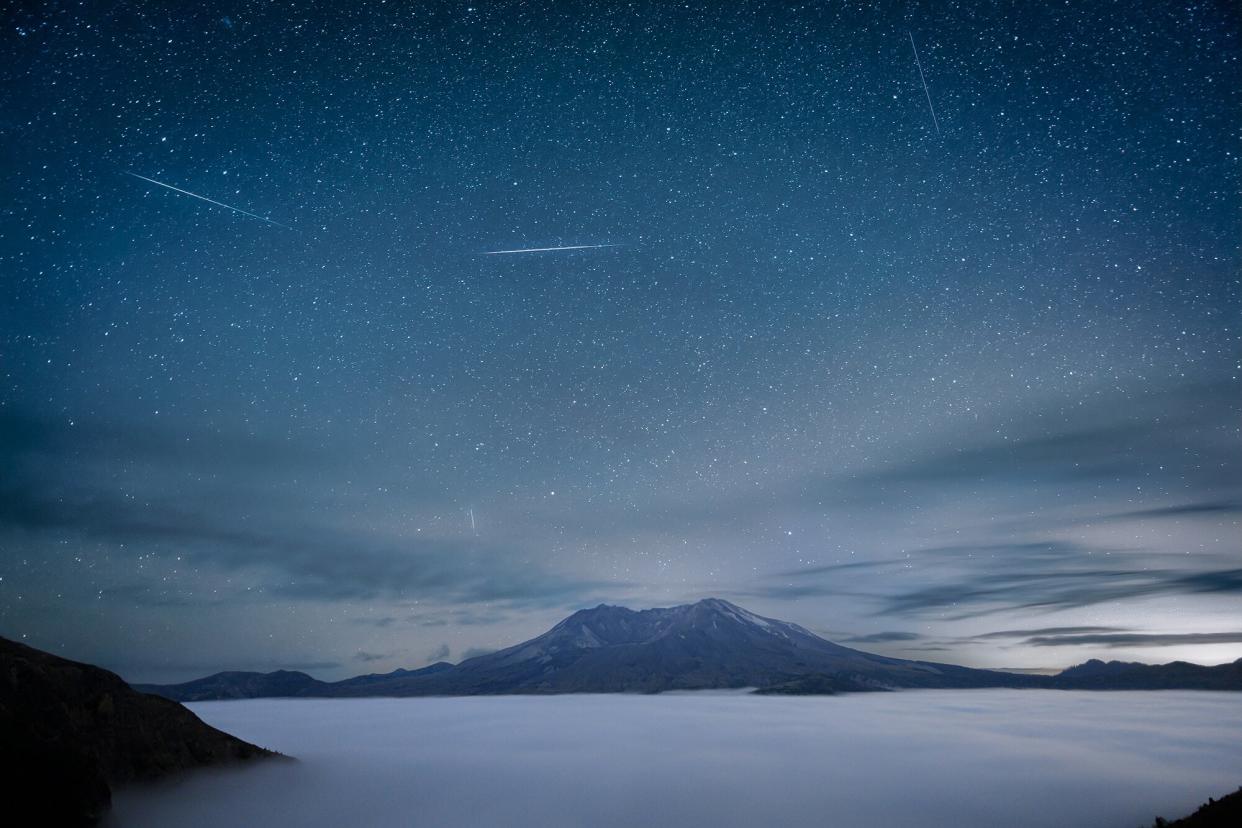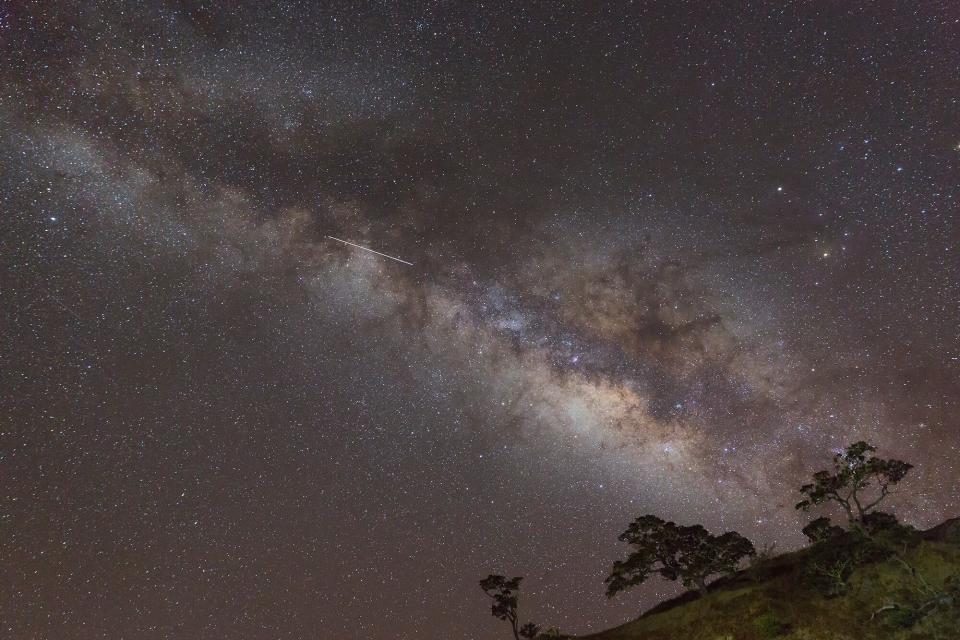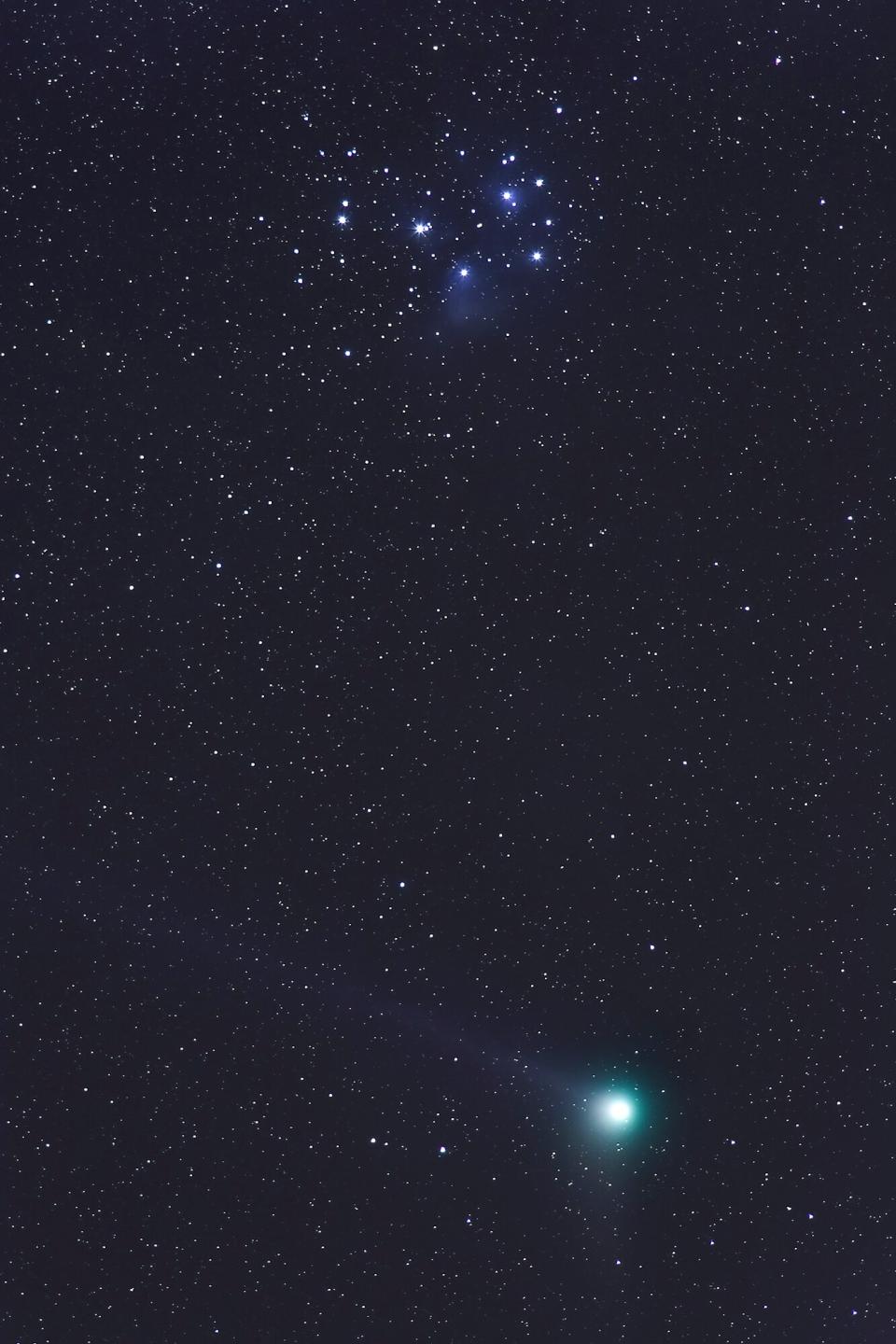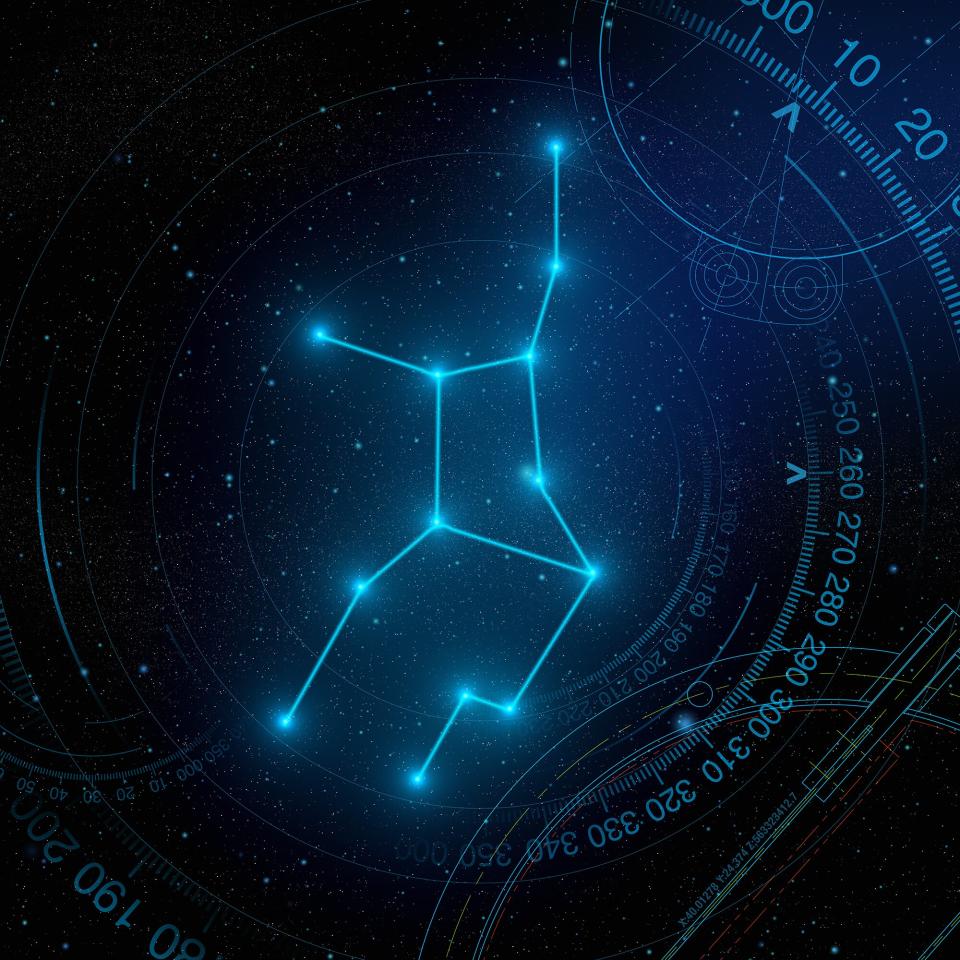Everything to Know About 2022's Delta Aquariid Meteor Shower, Including When It Peaks and How to Watch

Getty
Get ready for an extraterrestrial treat, because the Delta Aquariid meteor shower is expected to peak during the last two days of July.
The celestial scene has been pretty active this month, as the Delta Aquariid isn't the only shower in effect. The Perseids — regarded as the "best meteor shower of the year," according to NASA — became active on July 17, but won't reach its peak until Aug. 13.
RELATED: Everything to Know About 2022's Perseid Meteor Shower, Including When It Peaks and How to Watch
While the Perseids are known for their fireballs, the Aquariids are known for their persistent trains — meaning that they'll leave glowing ionized trails of gas in their path, glistening for a few seconds in their wake.
Stars will surely be crossed this month as both showers are active, but luckily there's a way for gazers to differentiate between the showers: their radiant points. While the Aquariads will arc across the southern sky, the Persids will shoot from the northeast, per EarthSky.org.
From when they'll peak to how to spot them, here's everything you need to know about the Aquariids.
When does the Delta Aquariid meteor shower peak?

Getty
The Delta Aquariid meteor shower is expected to peak late night on July 30 into the early morning on July 31 — but if you happen to be busy between midnight and predawn on those days, have no fear!
The Aquariids will remain active for several weeks giving stargazers a chance to catch a glimpse of the shooting, shining show. The shower began on July 18 and will remain in effect until Aug. 21.
RELATED: Breathtaking Photos of July's Buck Moon Captured From Around the World
Where does the Delta Aquariid meteor shower come from?

Getty Images/Stocktrek Images
In typical meteor shower fashion, the Delta Aquariids originate from a parent comet. Specifically, they stem from the short-period, sun-grazing comet 96P/Machholz discovered in 1986.
Meteors are formed from leftover comet bits and broken asteroid pieces that leave a trail in the wake of the comet's orbit. The Earth then passes through these debris trails annually, allowing the particles to collide with our atmosphere. This results in the fiery, colorful streaks that we see in the sky.
While comets are the true point of origin for meteor showers, many tend to think they come from their radiant, or the point in the sky the stars appear to shoot. For the Delta Aquariids, its radiant is the constellation Aquarius.
"The third brightest star within this constellation is called Delta," states NASA. "This star and the constellation are also where we get the name for the shower."
RELATED: We Tried It: Driving the New Ford Bronco in Search of the Perseids Meteor Shower
Where does the Delta Aquariid meteor shower appear in the sky?

E+/Getty
Similar to May's Eta Aquariids, July's Delta Aquariids are best viewed from the Southern Hemisphere. (The shower is commonly referred to as the Southern Delta Aquariids.)
But that doesn't mean those in the Northern Hemisphere won't be able to spot the Delta Aquariids! The shower will be viewable for skywatchers across the U.S., but those in the southern latitudes of the country will be at an advantage.
Regardless of your location, all stargazers are in luck because the moon will be in its new phase, so its glow won't drown out the shower. Like all meteor showers, the Delta Aquariids are best viewed in a dark night sky. This is especially crucial for the Aquariids, as its appearance is infamously faint.
While it's possible to spot a shooting star anywhere in the southern sky, it helps to locate the Aquarius constellation. That's where the meteors will appear to be flying from — and according to Space.com, viewers can expect as many as two dozen per hour!
RELATED: Everything to Know About the Full Moons in 2022
What meteor shower comes after the Delta Aquariids?

Getty
Following the Delta Aquariids, the next meteor shower is the already active Perseids. It will reach its peak at 1:00 a.m. local time on Aug. 13.
The next shower to become active is the Orionids, starting on Sept. 26. It will peak in late October and remain active until Nov. 22.

